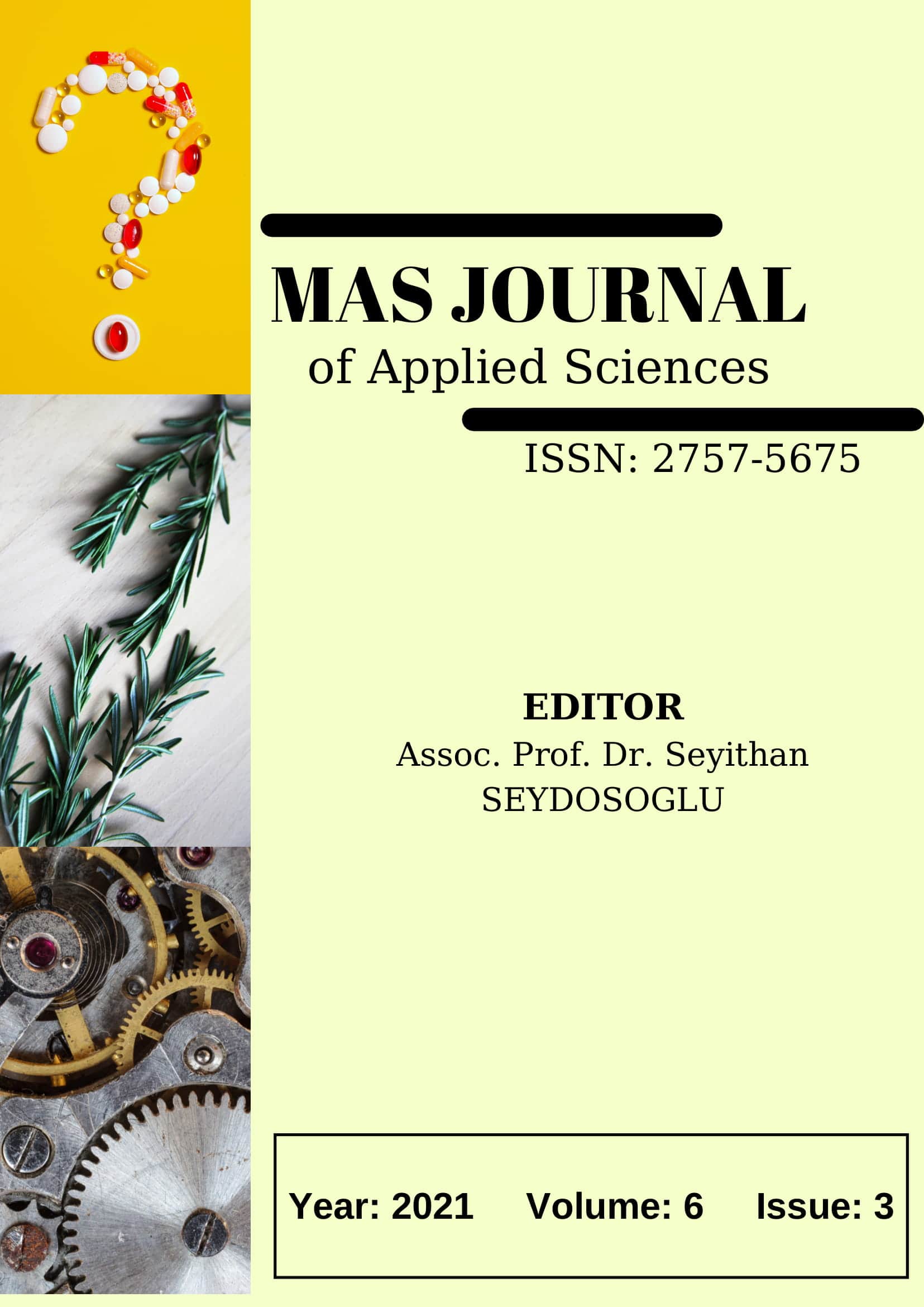Determination Of The Relationship With The Available Boron Content And Some Soil Properties Of The Soils Of Hatay Province Reyhanli-Kumlu Region
DOI:
https://doi.org/10.52520/masjaps.113Keywords:
Reyhanlı soils, available boron, physical and chemical propertiesAbstract
In this study, it was aimed to determine the useful boron content of the soils of Hatay province Reyhanlı-Kumlu region and its relations with some physical and chemical properties. For this purpose, a total of 80 soil samples were taken from 0-20 and 20-40 cm depths and 40 different points to represent the study area. The pH, total salt, texture, cation exchange capacity (CEC), lime, organic matter and useful boron contents of the soils were determined in the samples taken. According to the research results; the pH contents of soils were found to be between 6.86-8.44; total salt contents 0.007-0.070%; clay contents of 15.84-76.56%; sand contents 0.72-51.44%; silt contents 16.72-47.28%; lime contents 2.71-64.23%; organic matter contents 0.40-2.89%; the CEC contents between 26.43-91.13 me/100 g and the available boron contents between 0.07-1.76 mg/kg. In terms of the available boron content of Hatay province Reyhanlı-Kumlu soils, at 0-20 cm depth 22.50% is very low, 50.00% is less and 27.50% is sufficient, and at 20-40 cm depth 37.50% is very low, 40.00% were low and 22.50% were sufficient. While a significant positive relationship was determined between the available boron and clay content of the soils, a significant negative relationship was determined between the available boron and silt content. In addition, negative significant relationships were determined between soil pH and salt and sand content, while very significant positive relationships were determined between soil pH and clay with CEC contents. At the same time, a significant positive relationship was determined between the lime and organic matter content of the soils, while a significant negative relationship was determined between lime and CEC. As a result, the available boron content in the soils of the study area was determined at a low or very low level in over 77% of all the soils of the study area, and it was observed that the available boron content of the soils was insufficient and therefore boron fertilization was required.
Downloads
Published
How to Cite
Issue
Section
License
Copyright (c) 2021 The copyright of the published article belongs to its author.

This work is licensed under a Creative Commons Attribution-NonCommercial 4.0 International License.


